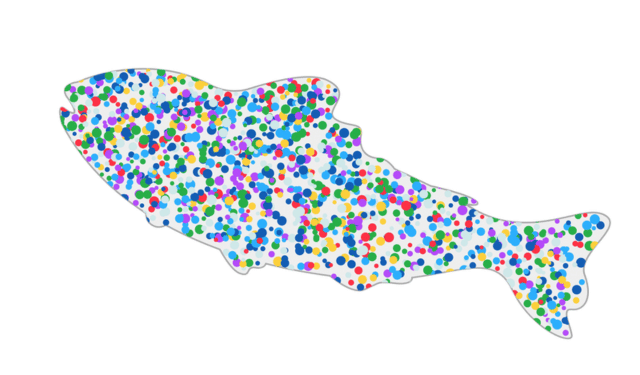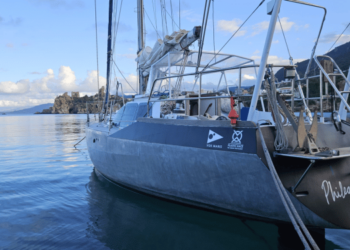Fish and microplastics, a disturbing link that threatens our health – A recent peer-reviewed study has shed light on a worrying reality: 99% of fish samples analysed contain microplastics. Out of 182 samples tested, as many as 180 showed traces of these tiny particles, detected in five different fish species and pink shrimps from the US West Coast. These data raise crucial questions not only for the fishing industry, but also for consumers around the world.
Microplastics, fragments less than 5 mm in size resulting from the degradation of plastic materials, infiltrate marine ecosystems through a variety of sources: from textile fibres released during household washing to residues from packaging and industrial products. According to the researchers, more than 80% of the microplastics detected in the samples analysed are fibres of textile origin, underlining the direct impact of our daily habits on the marine environment.
Particularly alarming are the results for shrimps, which show the highest levels of contamination. This is probably related to their plankton-based diet, which tends to accumulate microplastics in surface waters. Fish such as herring and juvenile lamprey also show significant concentrations, while king salmon, analysed only in fillets, have lower levels.
The implications for human health are disturbing. Microplastics can carry toxic chemicals such as PFAS, bisphenol and phthalates, which are associated with serious diseases such as cancer, endocrine disruption and neurotoxicity. Recent studies even suggest the ability of these particles to cross the blood-brain and placental barrier, increasing the risk of cardiovascular disease and neonatal complications.
Despite the seriousness of the situation, experts do not recommend eliminating seafood from the diet. In fact, microplastics are present in many other foods and even in drinking water. However, simple practices such as rinsing fish thoroughly can help reduce their presence.
The real challenge lies in environmental policies and collective responsibility. Introducing microplastic filters in washing machines and reducing the use of single-use plastics are key steps to combat this emergency. It is not enough to change eating habits: a global effort is needed to reduce plastic at source.
Fish and microplastics, a disturbing link that threatens our health









